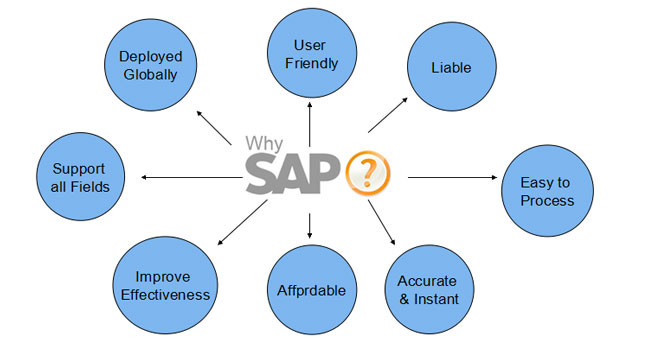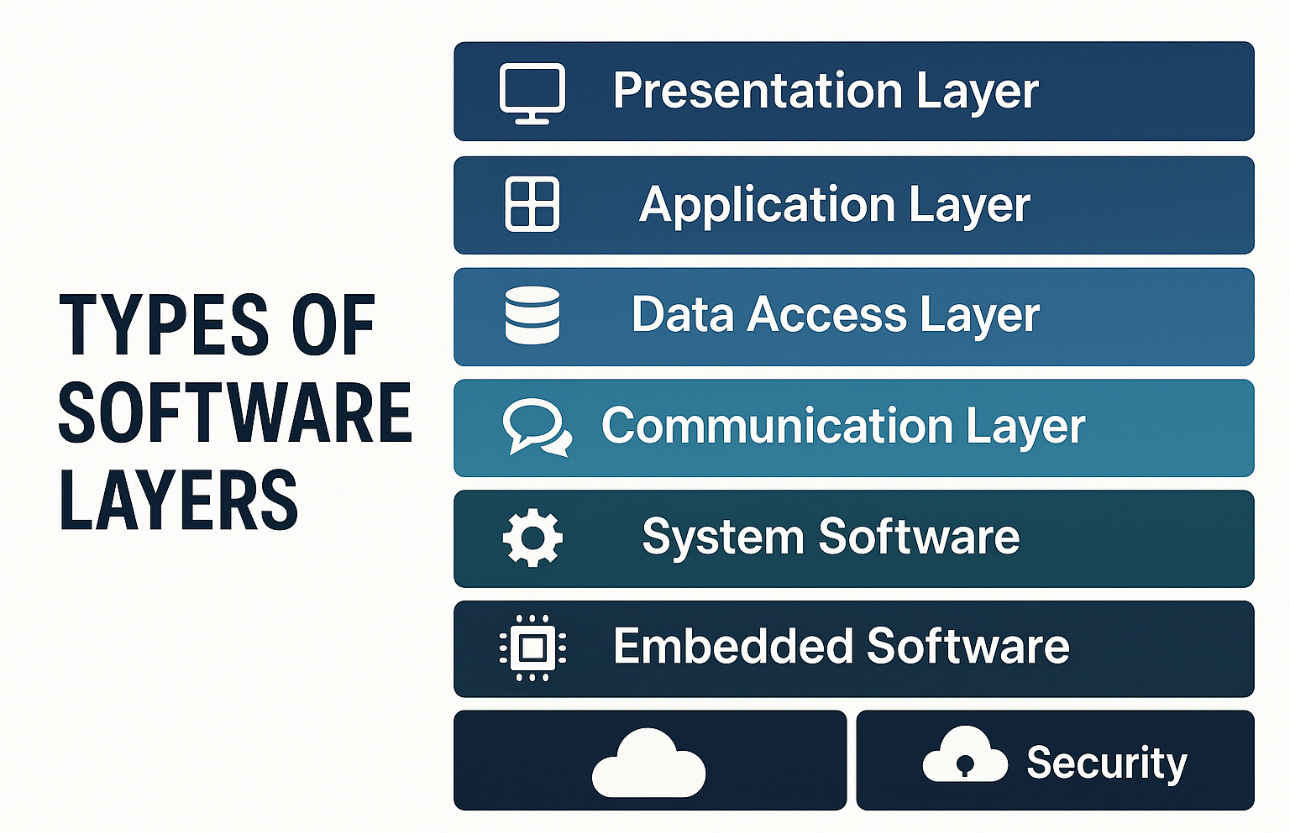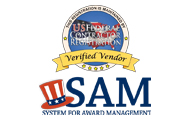
Introduction
In the ever-evolving landscape of cybersecurity, controlling access to resources is paramount. Two of the most widely used access control models are Role-Based Access Control (RBAC) and Attribute-Based Access Control (ABAC). Unlike traditional models like RBAC, which rely solely on predefined roles, ABAC evaluates attributes associated with users, resources, and the environment to determine access permissions.What is Access Control?
Access control is a security technique that regulates who or what can view or use resources in a computing environment. It involves authenticating and authorizing users to ensure that only authorized individuals can access sensitive information and systems.Role-Based Access Control (RBAC)
Definition
RBAC is an access control mechanism where permissions are assigned to roles, and users are assigned to those roles. Instead of assigning permissions directly to users, RBAC groups permissions into roles, simplifying management and improving security.Key Components
- Roles: A collection of permissions. Example: Admin, Editor, Viewer.
- Permissions: Access rights assigned to roles. Example: Read, Write, Delete.
- Users: Individuals or entities assigned to roles.
How RBAC Works
- Define Roles: Identify roles within the organization and the permissions associated with each role.
- Assign Roles to Users: Assign users to roles based on their job responsibilities.
- Enforce Access Control: Ensure users can only access resources permitted by their roles.
Advantages of RBAC
- Simplified Management: Centralized management of permissions through roles.
- Improved Security: Reduces the risk of granting excessive permissions.
- Scalability: Easily scalable for organizations of any size.
Use Cases
- Enterprise Systems: Managing access to resources based on job functions.
- Healthcare: Restricting access to patient data based on roles (e.g., doctors, nurses, administrators).
- Finance: Controlling access to financial data and systems.
Attribute-Based Access Control (ABAC)
Definition
ABAC is an advanced access control model that uses attributes (characteristics) of users, resources, and the environment to make access decisions. Attributes can include user roles, resource types, time of access, location, and more.Key Components of ABAC
- Attributes:
- User Attributes: Characteristics of the user requesting access. Examples include user roles, departments, job titles, and security clearance levels.
- Resource Attributes: Properties of the resource being accessed. Examples include resource type, sensitivity level, and ownership.
- Environmental Attributes: Contextual factors that might influence access decisions. Examples include time of day, location, and network security status.
- Action Attributes: The type of operation being requested on the resource. Examples include read, write, delete, and modify.
- Policies:
- Policies are rules that define the conditions under which access should be granted or denied. These rules evaluate the attributes of users, resources, and the environment.
How ABAC Works
- Define Attributes:
- Identify and catalog all relevant attributes for users, resources, and the environment. Ensure these attributes are accurately and consistently maintained.
- Create Policies:
- Develop policies that specify access control rules based on attributes. These policies should be designed to reflect the security requirements of the organization.
- Evaluate Requests:
- When an access request is made, the system evaluates the attributes of the request against the defined policies. If the attributes satisfy the conditions of a policy, access is granted; otherwise, it is denied.
Advantages of ABAC
- Granular Access Control:
- ABAC allows for fine-grained access control based on a wide range of attributes, providing more precise control over who can access what.
- Dynamic Policy Enforcement:
- Policies in ABAC can adapt to changing conditions and contextual information, enabling dynamic and real-time access decisions.
- Flexibility and Scalability:
- ABAC can accommodate complex and diverse environments, making it suitable for large organizations with varying access control requirements.
- Enhanced Security:
- By considering multiple attributes, ABAC reduces the risk of unauthorized access and enhances overall security.
Use Cases
- Cloud Computing: Controlling access to cloud resources based on user attributes and context.
- Government: Managing access to classified information based on security clearance and contextual factors.
- Education: Restricting access to academic resources based on user role, course enrolment, and location.
Challenges of ABAC
- Complexity:
- Implementing ABAC can be complex, especially in large organizations with numerous attributes and policies.
- Attribute Management:
- Ensuring the accuracy and consistency of attribute data is critical. Implement robust processes for collecting, updating, and validating attributes.
- Performance:
- Evaluating complex policies and numerous attributes can impact system performance. Optimize your policy evaluation process to minimize latency.
- Policy Design:
- Crafting effective policies requires a deep understanding of organizational requirements and security needs. Involve stakeholders in the policy design process.
Comparing RBAC and ABAC
| Feature | RBAC | ABAC |
|---|---|---|
| Complexity | Simple to implement | More complex, requires detailed attribute and policy definition |
| Scalability | Highly scalable with roles | Scalable but can become complex with numerous attributes |
| Flexibility | Less flexible, role-based | Highly flexible, attribute-based |
| Use Cases | Enterprise, Healthcare, Finance | Cloud, Government, Education |
| Management | Easier, role-centric | More granular, policy-centric |
Implementation Examples
RBAC Implementation
- Define Attributes:
roles:
- name: Admin
permissions:
- read
- write
- delete
- name: Editor
permissions:
- read
- write
- name: Viewer
permissions:
- read
- Assign Users to Role:
users:
- username: alice
role: Admin
- username: bob
role: Editor
- username: charlie
role: Viewer
ABAC Implementation
Example: A financial institution wants to control access to sensitive financial reports based on user roles, department, and time of access.- Attributes Identification and Management:
- User Role: Employee, Manager, Auditor
- Department: Finance, HR, IT
- Time of Access: Business Hours, Non-Business Hours
- Policy Creation:
- Allow Managers in the Finance department to access financial reports during business hours.
<Policy PolicyId="finance-report-access" RuleCombiningAlgId="deny-overrides">
<Target>
<Subjects>
<Subject>
<SubjectMatch MatchId="string-equal">
<AttributeValue DataType="string">Manager</AttributeValue>
<SubjectAttributeDesignator AttributeId="role" DataType="string"/>
</SubjectMatch>
<SubjectMatch MatchId="string-equal">
<AttributeValue DataType="string">Finance</AttributeValue>
<SubjectAttributeDesignator AttributeId="department" DataType="string"/>
</SubjectMatch>
</Subject>
</Subjects>
<Resources>
<Resource>
<ResourceMatch MatchId="string-equal">
<AttributeValue DataType="string">FinancialReport</AttributeValue>
<ResourceAttributeDesignator AttributeId="resource-type" DataType="string"/>
</ResourceMatch>
</Resource>
</Resources>
<Actions>
<Action>
<ActionMatch MatchId="string-equal">
<AttributeValue DataType="string">read</AttributeValue>
<ActionAttributeDesignator AttributeId="action-id" DataType="string"/>
</ActionMatch>
</Action>
</Actions>
<Environments>
<Environment>
<EnvironmentMatch MatchId="time-in-range">
<AttributeValue DataType="time">09:00</AttributeValue>
<AttributeValue DataType="time">17:00</AttributeValue>
<EnvironmentAttributeDesignator AttributeId="time-of-day" DataType="time"/>
</EnvironmentMatch>
</Environment>
</Environments>
</Target>
<Rule RuleId="allow-manager-finance-report-access" Effect="Permit"/>
</Policy>
- Policy Enforcement Point:
- Use a Policy Enforcement Point (PEP) to intercept access requests and send them to a Policy Decision Point (PDP) for evaluation against defined policies.
Conclusion
Both RBAC and ABAC offer unique advantages for controlling access to resources, each suited to different scenarios. RBAC’s simplicity and ease of management make it ideal for many organizations, while ABAC offers a powerful and flexible approach to access control, capable of addressing complex and dynamic security requirements. By leveraging a wide range of attributes, ABAC provides granular and context-aware access decisions that enhance security and operational efficiency. While implementing ABAC can be challenging, the benefits in terms of flexibility, scalability, and security make it a worthwhile investment for many organizations.Post a comment Cancel reply
Related Posts
October 30, 2025
Empowering Business Analysts: How AI is Revolutionizing Agile Practices
In today's fast-paced digital landscape, Agile methodologies are no longer optional— they're essential for organizations…
October 30, 2025
What is SAP? How does it work?
The full form of "SAP" is “Systems Applications and Products in Data Processing” which is…
October 3, 2025
Optimizing React Performance: An Advanced Guide for Scalable Applications
In today’s fast-paced digital ecosystem, software systems have become the backbone of every enterprise’s technological…
October 3, 2025
Types of Software Layers
In today’s fast-paced digital ecosystem, software systems have become the backbone of every enterprise’s technological…


















